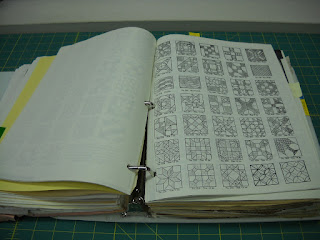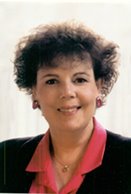 The country is amazing. Rugged rock walls and grassy slopes rise from the water, as you delve into the surging whitewater while it pulses through Hells Canyon. Where boulders and rock slides have rolled into the river, to find the biggest rapids in the Pacific North west.
The country is amazing. Rugged rock walls and grassy slopes rise from the water, as you delve into the surging whitewater while it pulses through Hells Canyon. Where boulders and rock slides have rolled into the river, to find the biggest rapids in the Pacific North west.Between rapids, the Snake River follows a scenic path: there we saw Rocky Mountain Bighorn Sheep.
The Kirkwood Historic Ranch is an area rich in river history from early Native American occupation to pioneer ranching life. The historic ranch offers a taste of canyon life in the 1930s with the original ranch house, bunk houses and other out-buildings.
On the river near Dug Bar, the visitors center of the Hells Canyon National Recreation Area is as beautiful as it is remote.




























